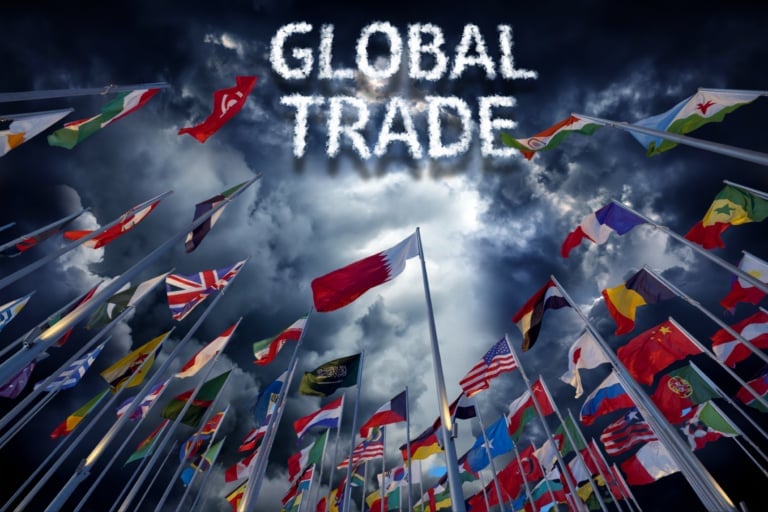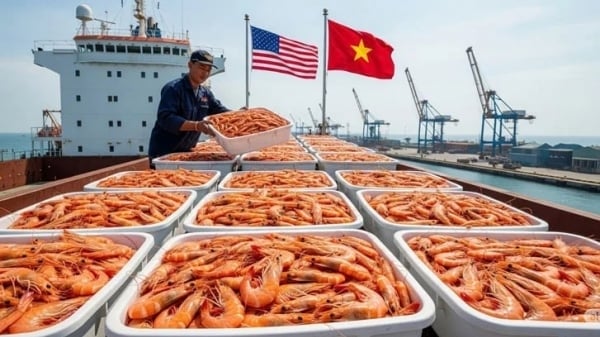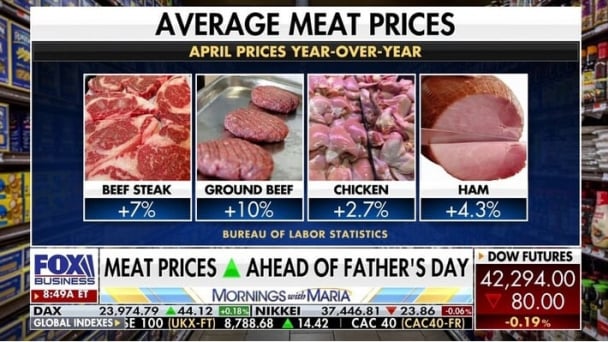June 7, 2025 | 09:47 GMT +7
June 7, 2025 | 09:47 GMT +7
Hotline: 0913.378.918
June 7, 2025 | 09:47 GMT +7
Hotline: 0913.378.918

International trade in agricultural products thrive with stable and predictable rules adhered to by governments. Photo: Canva.
International trade in agricultural products thrive with stable and predictable rules adhered to by governments, as a publication by the Agricultural Market Information System showed earlier this month.
The trade war is a source of great concern within world trade negotiations, from which the American government has previously distanced itself. China and Canada have already registered complaints at the world trade talks about the trade measures taken by the US.
Within the WTO consultations, many countries have emphasised the importance of resolving trade conflicts through dialogue and cooperation within the WTO framework.
ALSO READ: Brazil’s exports of poultry products surpass expectations in Q1 and Market analysis: egg shortages and prices in Europe and the US
The imposition of tariffs by the US has provoked reactions from several trading blocs. For example, the European Commission decided to impose additional levies on – among other things – corn, rice, wheat, vegetable oils, poultry meat and beef, fruit, vegetables, nuts, eggs, dairy and sugar from the US.
Within the US, the Department of Agriculture has allocated US$10 billion to support agriculture as it faces higher prices and market uncertainties.
The Association of Southeast Asian Nations (ASEAN) states that it is important that international trade rules are respected, partly because of the importance of the food sectors and agriculture.
The WTO’s Global Trade Outlook and Statistics shows that prices played a small role in the value of global agricultural trade growth last year. Trade in agricultural products rose 3% in value, roughly equal to the 4% global increase in the average price of agricultural products in US dollars, according to World Bank statistics. This price increase was mainly a result of higher prices for coffee, tea and cocoa, which rose by an average of 64% last year. Excluding coffee, tea and cocoa from the statistics, prices fell by 8%, which may have increased trade in most agricultural products.
(Poultryworld)

(VAN) Vietnam and the United States are proactively working together, each in their own way, to ensure that every container of agricultural goods carries not just products, but also long-term trust and value.

(VAN) Stores have started selling rice from the government’s stockpile to feed demand for the staple.

(VAN) Omaha Steaks CEO says rebuilding cattle herds will take about a year to ease price pressures.

(VAN) Reciprocal tariffs and recent NOAA rulings are presenting substantial obstacles for Vietnamese tuna exporters in the U.S. market. As a result, the industry is actively seeking alternative export destinations.

(VAN) Although the U.S. holds a small share of Vietnam’s rubber exports, newly imposed reciprocal tariffs are expected to impact the sector. Vietnamese enterprises must optimize the use of significant markets and free trade agreements.

(VAN) Vietnam's pepper industry is looking forward to the final tariff decision in order to sustain its robust presence in the United States, the country's biggest pepper market.

(VAN) The U.S. is the largest market for Vietnamese cashew nuts. However, when exports to the U.S. encounter difficulties due to reciprocal tariffs, Vietnamese cashews still have many other potential markets.